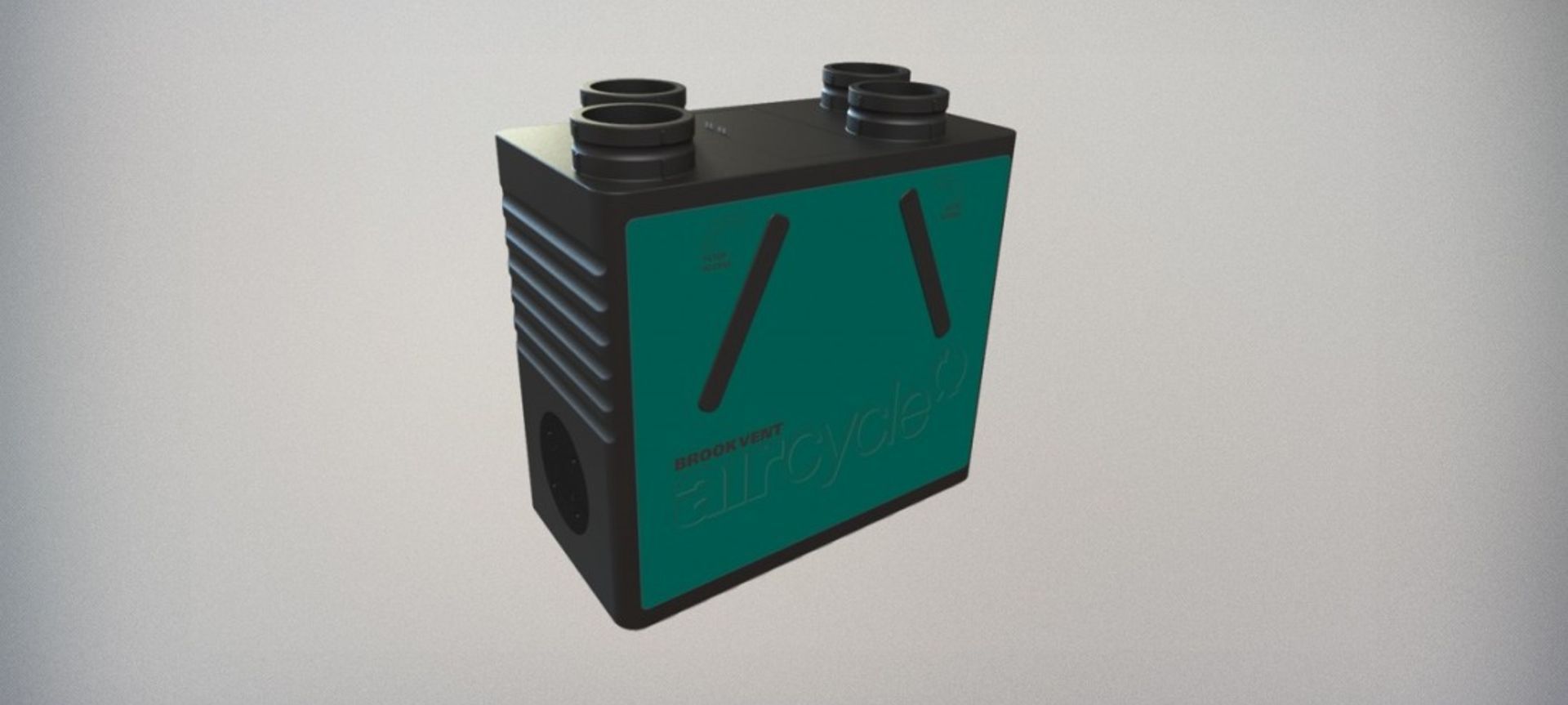The moisture issue: protecting new homes with ventilation
Written by
11 October 2017
•
4 min read

It’s an issue that affects both new homes and our older residential building stock as those homes that were built over the last few decades are upgraded with modern insulation. As we erect more and more modern homes and retrofit the older ones, we are creating dwellings that perform well both in winter and summer.
In winter, heating works more effectively because of the insulation, up to 40% less heating is required and in summer, the homes stay cooler. The airtightness of new homes in particular though, is an issue in itself. While it creates a passive ambient environment, and stops cold or hot air entering the home, it also creates a barrier for moisture leaving. And that’s what’s creating problems. We need to manage the air in our homes.
“While it’s now standard to have this high level of insulation, and as older homes are modernised, what we’re seeing is a host of negative impacts along with the positive,” The Heating Company’s Wayne Delport says. “Because the airtightness and insulation stops moisture escaping, without an appropriate ventilation system in place, ie passive or active, moisture build-up becomes trapped in the home and encourages mould growth and dampness, which affects those with respiratory illnesses particularly. Trapped moisture also slowly degrades the building materials over time.”
It’s this gap in requirements around ventilation that has the industry concerned about what’s to come. “Authorities are relying on passive ventilation, which is why ventilation systems aren’t a requirement,” Wayne says. “That means the opening of windows and doors, but people aren’t doing that as much as they used to for various reasons from safety to trying to keep the warmth in, to simply being away from the home for long periods of time.”
Every time a tap is turned on, clothes are dried inside or someone cooks, moisture is created. Human breath also creates moisture. It is this moisture that combines and is creating issues in homes without ventilation systems.
“Most new builds don’t have ventilation systems as standard, and the older homes that are being retrofitted with insulation also don’t have appropriate ventilation systems in place.”
It’s something Wayne is passionate about and he believes every home should have a proper ventilation system in place to avoid risk to human health and the degradation of building materials.
There are two main options for ventilation; either simple extraction fans in wet areas such as bathrooms and kitchens, or a more advanced complete home heat recovery system.
The Heating Company offers a centralised and decentralised heat recovery ventilation system, both of which have their merits, although the centralised system is the standard option.
Heat recovery ventilation systems trap the embodied heat of the wet air as it is extracted and send this heat back through ducts into the house along with fresh, clean air. “While they don’t generate heat, they help to maintain an ambient temperature throughout the home,” Wayne says.
The Brookvent centralised heat recovery system is made in Ireland and allows for a ducted vent to be installed in each room, with a central unit installed either in the ceiling space or in a cupboard, which has a humidity sensor and controls the flow of air and heat recovered to vents in the rooms.
“Once this system is running, it requires no human intervention. It’s simply on and it works in the background.”
The decentralised system, known as Lunos, is made in Germany and works slightly differently with humidity sensors in each room. This system requires more intervention to run and can be zoned with rooms or areas operating as required.
The decentralised system costs approximately one cent per day to operate, while a centralised system will add around $35 per month to the power bill.
The Heating Company specialises in heat recovery ventilation as well as other heating systems and works throughout New Zealand. Get in touch with them on ArchiPro here to find out how best to heat and ventilate your new build, or how to retrofit your older home for the most effective outcome.


